Optimal Timing for Waterproofing Projects
Proper timing for waterproofing projects is essential to ensure effectiveness and durability. The optimal period typically depends on climate conditions, temperature ranges, and project scope. Conducting waterproofing during favorable weather conditions minimizes the risk of moisture intrusion and allows for proper curing of materials.
In regions with distinct seasons, late spring through early fall is generally considered ideal for waterproofing. During these months, temperatures are moderate, and there is less likelihood of precipitation, which can interfere with application and curing processes. Properly timed waterproofing can significantly extend the lifespan of structures and reduce maintenance costs.
Spring offers moderate temperatures and longer daylight hours, making it suitable for waterproofing projects before the heavy summer heat or winter cold.
Summer provides warm weather ideal for application, but excessive heat and humidity can affect drying times. Early summer is preferred for optimal results.
Fall is suitable due to cooler temperatures and lower humidity, allowing for effective application before winter conditions set in.
Winter is generally not recommended due to freezing temperatures and increased moisture, which can compromise waterproofing materials' adhesion and curing.
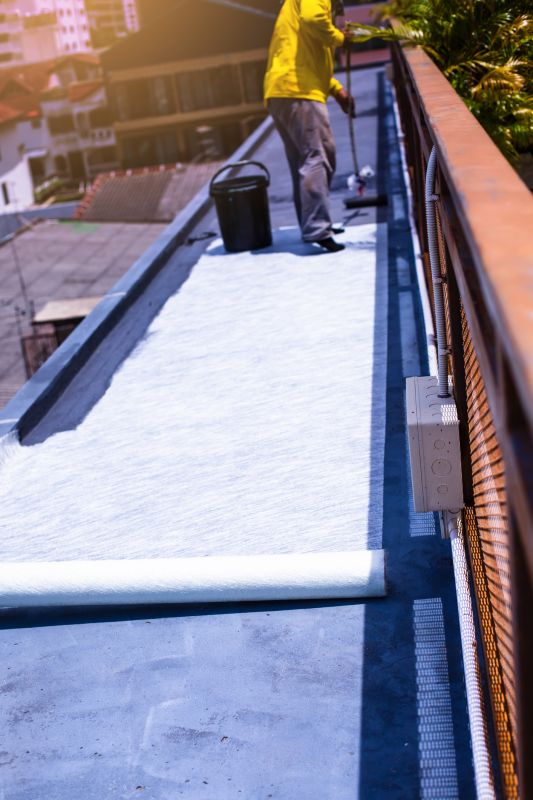
Professionals applying waterproofing coatings during spring ensure optimal curing conditions.

Applying waterproofing in early summer benefits from warm, dry conditions for better adhesion.
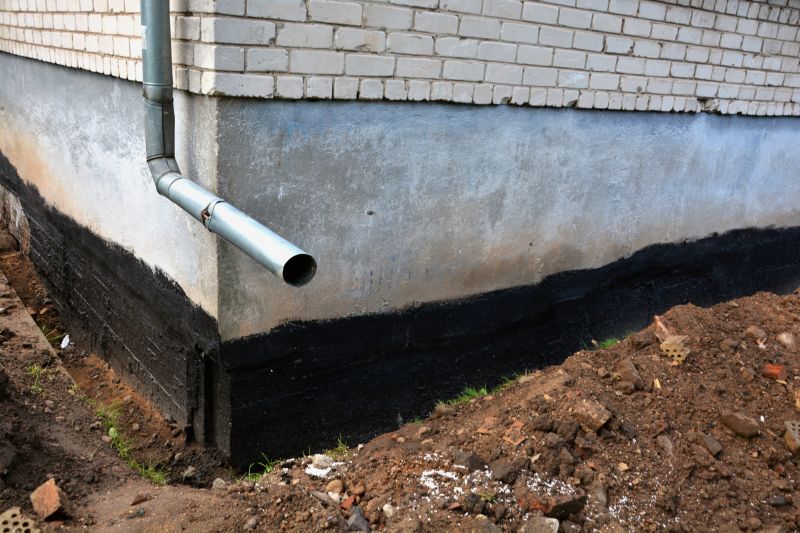
Fall is ideal for sealing and waterproofing before winter weather begins.
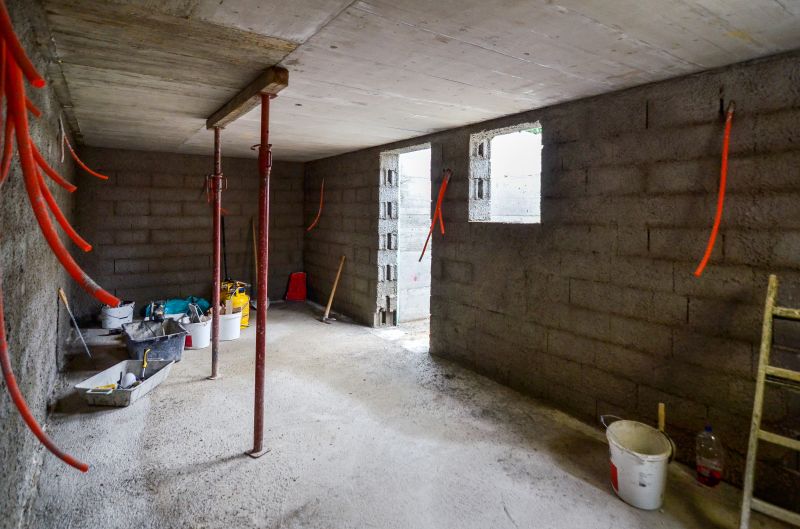
Ways to make Waterproofings work in tight or awkward layouts.
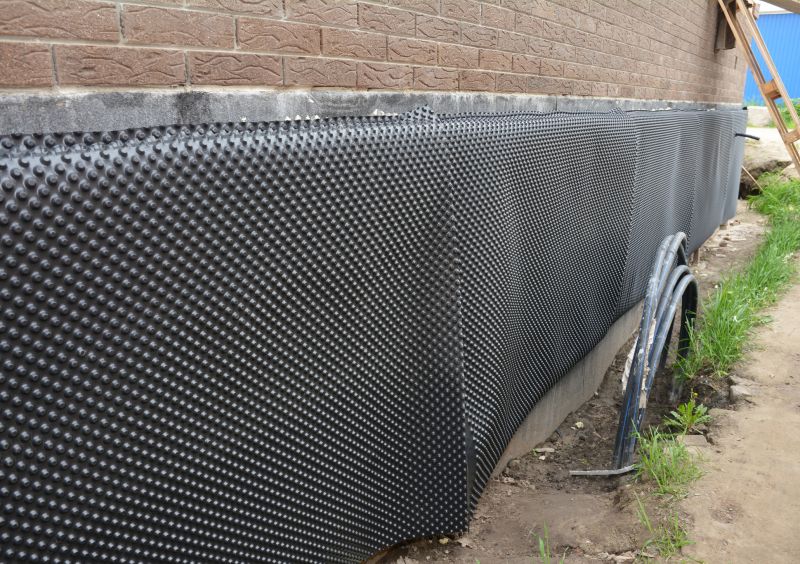
Popular materials for Waterproofings and why they hold up over time.

Simple add-ons that improve Waterproofings without blowing the budget.
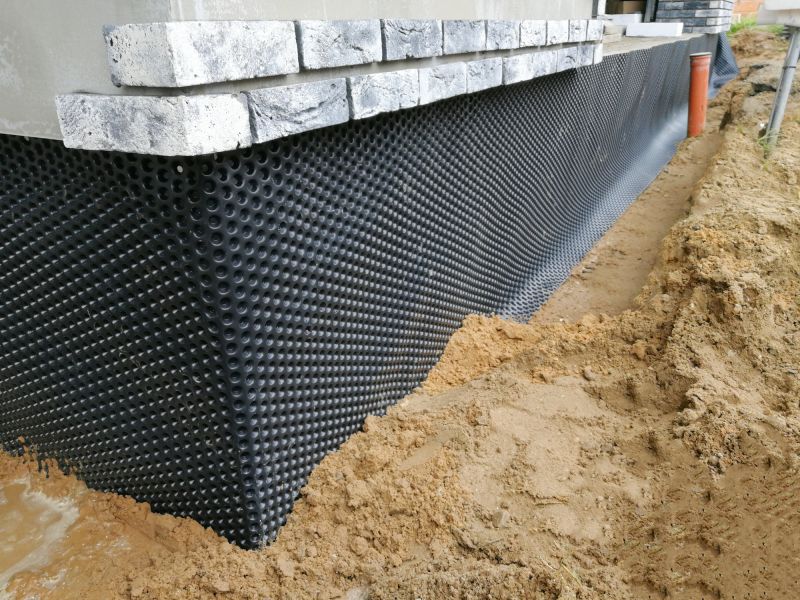
High-end options that actually feel worth it for Waterproofings.

Finishes and colors that play nicely with Waterproofings.
| Season | Advantages |
|---|---|
| Spring | Moderate temperatures and longer days facilitate application. |
| Summer | Warm weather allows for quick drying and curing. |
| Fall | Lower humidity and cooler temperatures improve adhesion. |
| Winter | Generally not suitable due to freezing and moisture issues. |
Waterproofing involves applying materials designed to prevent water ingress and protect structures from moisture damage. Proper waterproofing enhances building longevity, prevents structural deterioration, and maintains indoor dry conditions. Advances in waterproofing technologies include flexible membranes, liquid coatings, and vapor barriers, each suited for different applications and environments.

Various materials like membranes, sealants, and coatings are used depending on the application.
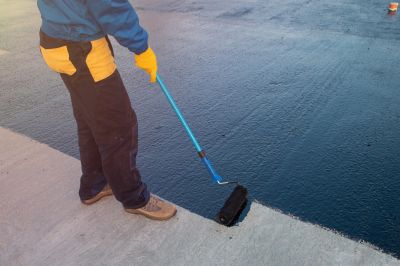
Methods include spray, brush, roller, and torch-applied techniques for different surfaces.
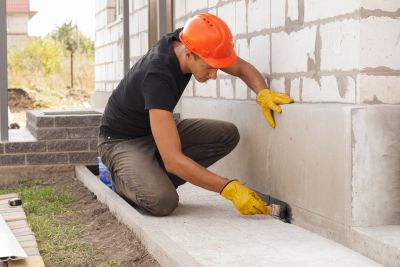
Professional application ensures optimal coverage and adhesion for long-lasting protection.

Properly applied waterproofing provides a seamless barrier against water intrusion.
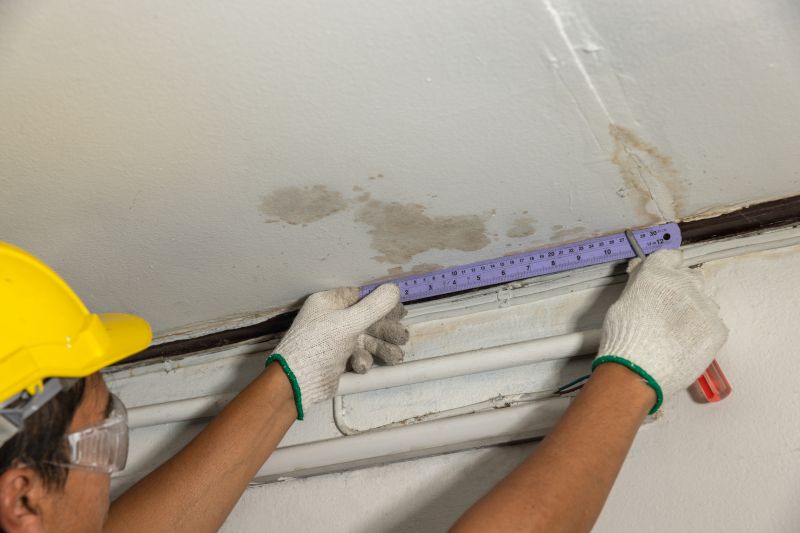
Little measurements that prevent headaches on Waterproofings day.

A 60-second routine that keeps Waterproofings looking new.
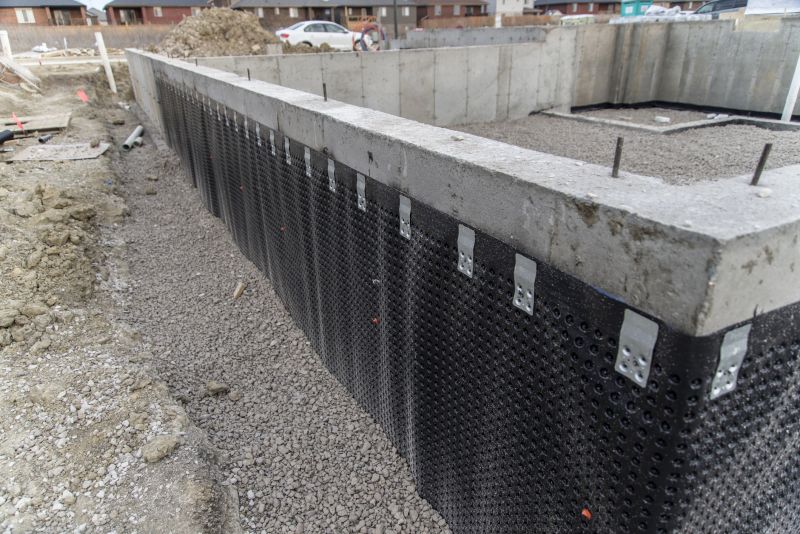
A frequent mistake in Waterproofings and how to dodge it.
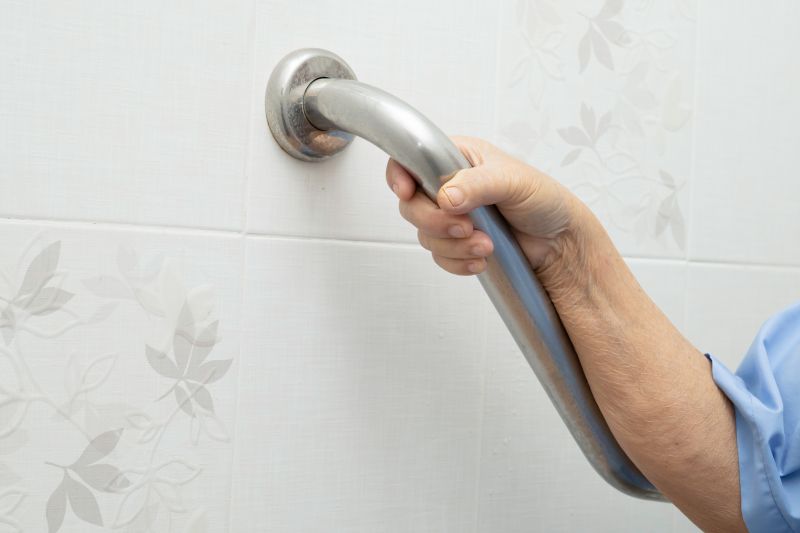
Small tweaks to make Waterproofings safer and easier to use.
Interested in waterproofing services? Filling out the contact form can provide detailed information tailored to specific project needs and timing considerations.

